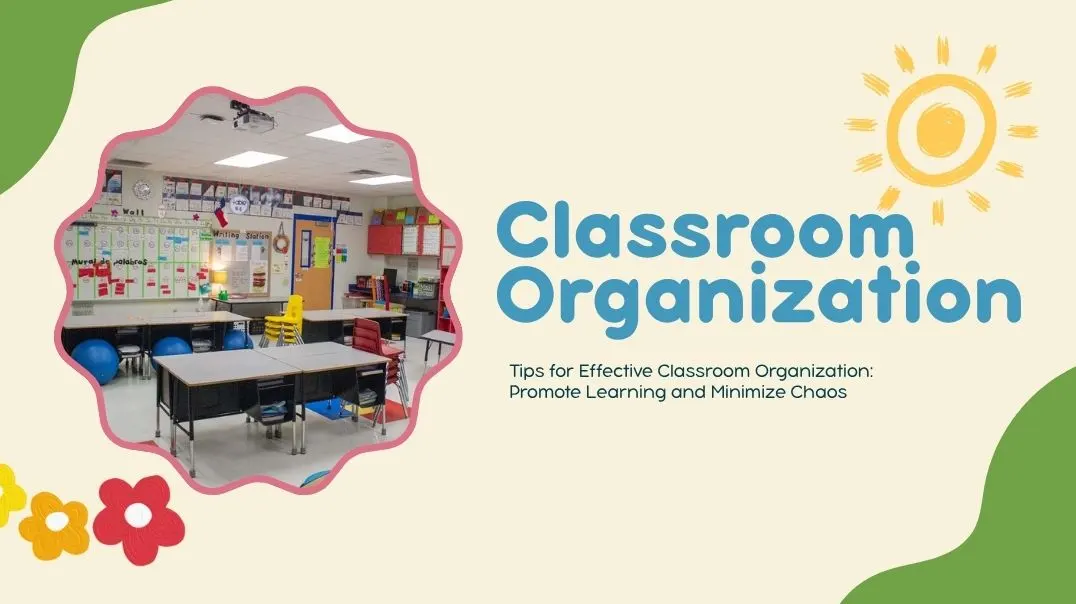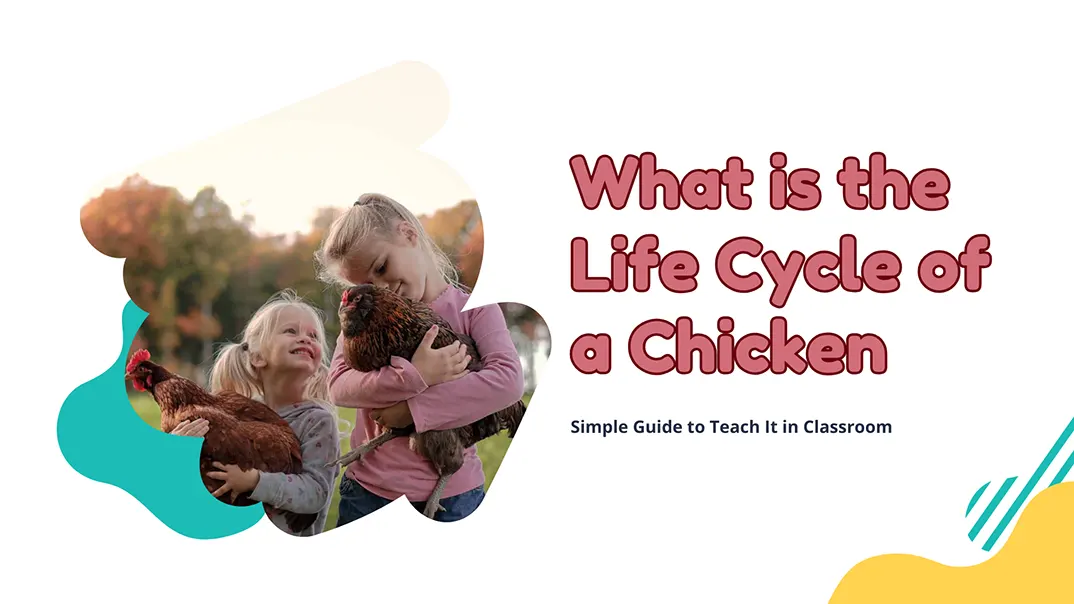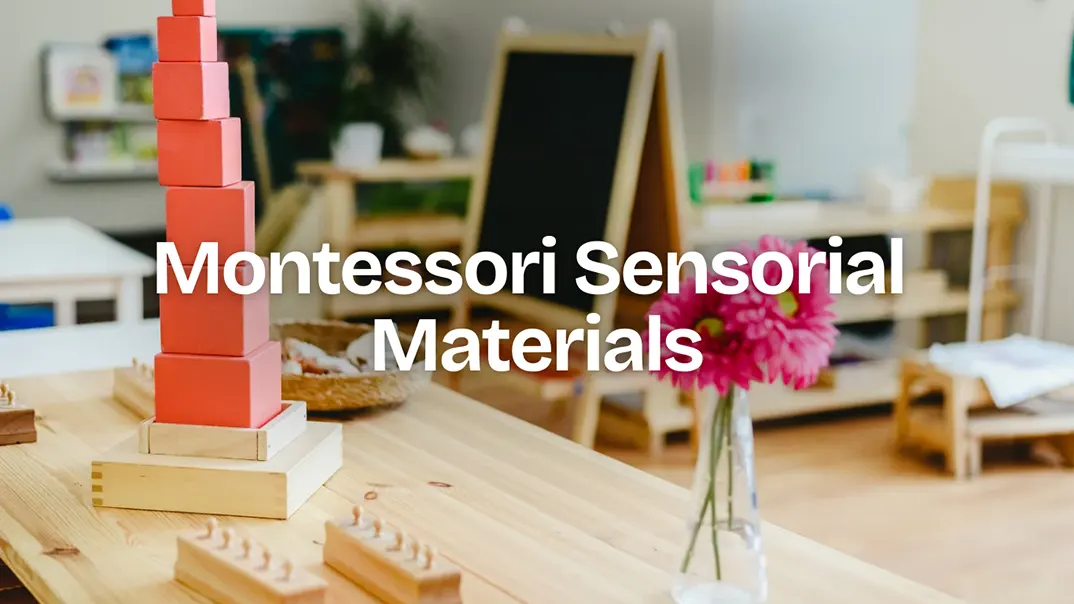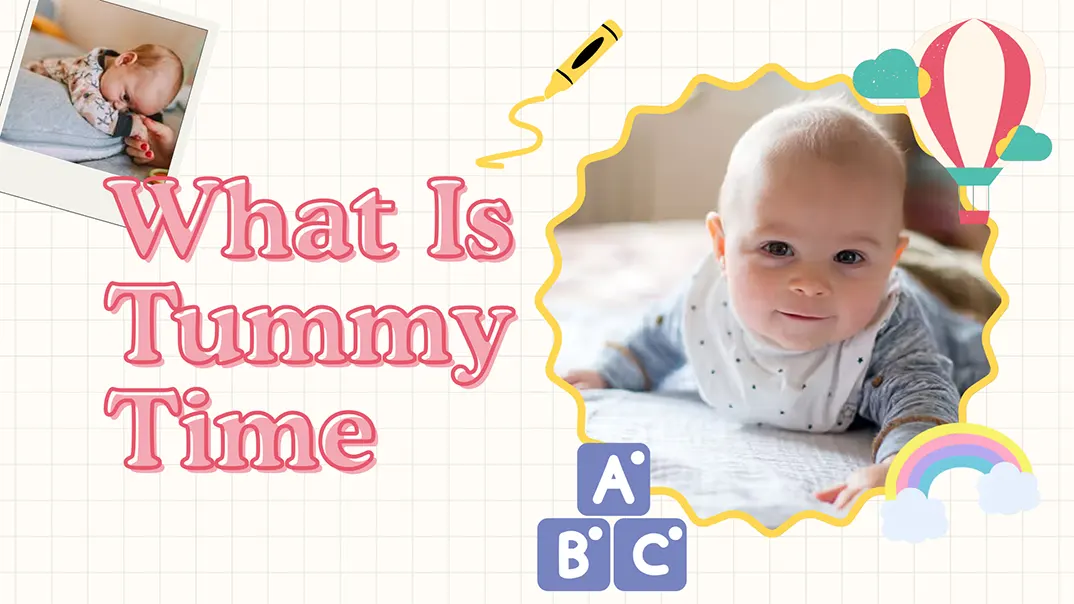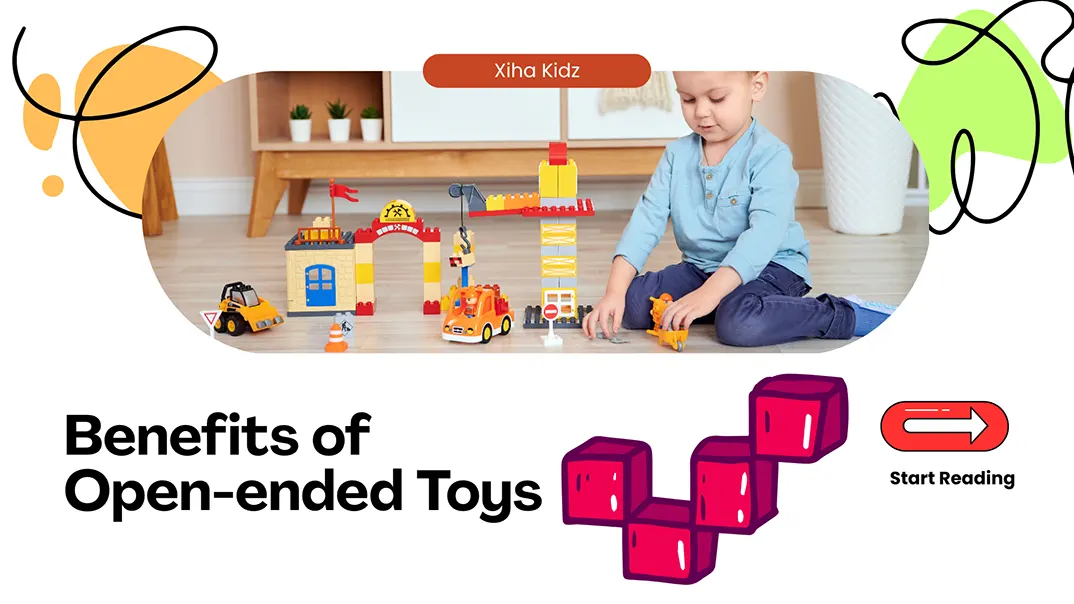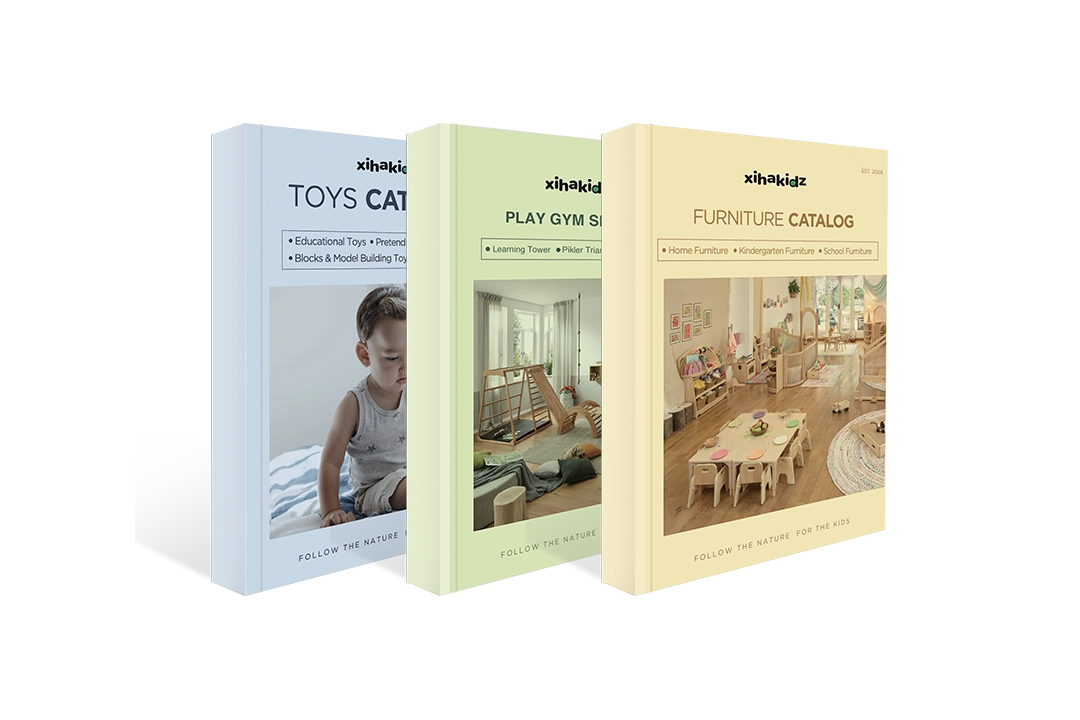Are you constantly dealing with scattered toys, cluttered corners, and distracted students? Is your classroom setup draining your energy rather than enhancing your teaching? Do you feel your students could be learning more if the space supported them better? These are clear signs that your Classroom Organization needs a strategic overhaul.
Effective classroom organization is not just about tidiness—it’s a strategic foundation that fosters better learning, smoother routines, and less stress for everyone. You create a thriving environment by aligning your space with educational goals and child-centric design.
Let’s dive into practical, proven ways to turn your preschool into a sanctuary of structured exploration and joy.

Importance of Effective Classroom Organization
An effectively organized classroom is more than a tidy space—it’s the cornerstone of a productive learning environment. Classroom organization is pivotal in fostering an atmosphere that promotes focus, minimizes distractions, and enhances student engagement. With the proper setup, educators can spend less time managing chaos and more time teaching, empowering students to thrive academically and socially.
Understanding the Concept of Classroom Organization
Classroom organization refers to strategically arranging furniture, materials, resources, and schedules within a classroom setting to optimize learning. It involves more than physical layout; it creates systems that promote efficiency, clarity, and student autonomy. A well-thought-out organizational plan can be transformative, enabling smoother transitions, better behavior management, and improved learning outcomes.
Transform Your Classroom with Custom Furniture Solutions
How Does Classroom Organization Affect Learning?
Classroom organization influences students’ ability to learn, stay focused, and feel safe. A disorganized space can lead to cognitive overload, behavioral issues, and disengagement. When a room is thoughtfully arranged with clear systems, students know what to expect and where to find what they need, minimizing downtime and maximizing instructional time. This structure supports independent work habits, enhances collaboration, and allows for seamless transitions — all of which contribute to a more effective learning experience.
Benefits of Keeping Your Classroom Organized
A well-organized classroom offers numerous benefits:
- Increased Student Engagement: When materials are accessible and the environment is structured, students are more likely to participate actively.
- Reduced Behavioral Issues: Clutter and confusion often lead to disruptive behavior. A clear organization provides predictability, reducing anxiety and misbehavior.
- Enhanced Learning Efficiency: Students spend less time searching for resources and more time engaged in learning.
- Improved Teacher Productivity: A streamlined classroom frees up the teacher’s time and mental space, making instructional planning and execution more effective.

Key Principles of Organized Classroom
Establishing a truly organized classroom begins with foundational principles that anchor every decision:
- Clarity and Accessibility:
Everything in the classroom must be easy to find and return. When students understand where things belong, they participate in maintaining order. - Consistency in Setup:
Routines and spatial arrangements should remain stable. Sudden or frequent changes create confusion and reduce efficiency. - Minimalism and Purpose:
Limit materials and decorations to the essentials. This will reduce clutter and help students focus on what truly matters. - Flexibility:
An organized classroom should adapt to evolving teaching methods and student needs without becoming chaotic. - Routine Maintenance:
Establish daily and weekly tidying, restocking, and resetting routines to prevent chaos from creeping back in.

Classroom Organization Ideas and Tips
Creating a well-organized classroom doesn’t require a massive budget—just thoughtful planning and a deep understanding of your students’ needs. Below are detailed strategies that have helped hundreds of kindergartens we’ve furnished create calmer, more effective learning environments.
1. Create a clear system
Establishing a consistent and transparent system is the backbone of any well-organized classroom. Begin by identifying all the categories of materials you use—books, art supplies, student work, manipulatives—and assign each a specific storage solution. Labeling each area or container with text and visuals ensures that students of all ages and reading levels can independently navigate the classroom. A logical, repeatable system teaches students where items belong, significantly reducing clean-up time and lost materials.
2. Take inventory of what you already have
Before you invest in new storage tools or rearrange your room, take stock of every item in your classroom. Sort through existing supplies, classroom furniture, decor, and teaching resources. Determine what’s essential, what can be stored elsewhere, what needs replacing, and what can be donated or discarded. This audit helps prevent unnecessary purchases and makes the organizational process more intentional. It’s an eye-opening step that often reveals redundancies and underused resources.

3. Start with the messiest areas
Identify the cluttered spots in your classroom—perhaps a shared supply table, your desk, or a paper pile near the copier. Tackle these high-traffic, high-disorder areas first. Cleaning and organizing the most chaotic zones early on gives you an immediate sense of progress and frees up space that can be used during the broader reorganization process. It also sets a visible standard for the rest of the classroom and creates momentum to continue improving.
4. Every item must have a specific place
An essential rule for a sustainable organization is that every object in the classroom must have a dedicated and logical place. Without this, materials float from one area to another, leading to confusion and disarray. Whether it’s pencils, glue sticks, or textbooks, assign a home for each. Use bins, shelves, drawers, and folders—each labeled clearly—to reinforce where items belong. When students know exactly where to find and return something, classroom routines become smoother and faster.

5. Desk organization
Student desks are often a hidden source of clutter and distraction. Teach students how to maintain a clean, efficient workspace by introducing desk organization tools such as pencil trays, folder dividers, and small storage boxes. Encourage a daily or weekly cleanup ritual, where students remove trash, straighten supplies, and reorganize their personal space. A tidy desk promotes better concentration and accountability and sets a tone of professionalism and respect for the learning environment.
6. Organize items by specific categories
Sorting classroom materials into clearly defined categories helps streamline instruction and student access. For instance, group all math manipulatives together, keep reading materials in a separate area, and cluster art supplies by type. Use matching bins or containers for each category, labeled accordingly, to ensure consistency. This categorical system allows students and substitutes to find what they need quickly, reducing downtime and keeping the classroom flow intact.
Transform Your Classroom with Custom Furniture Solutions
7. Consider student traffic flow
The physical movement of students within the classroom greatly influences the effectiveness of your organizational system. Evaluate how students transition between activities, access supplies, and interact with one another. Arrange furniture to support natural, unobstructed movement. High-use areas like supply stations, turn-in trays, and technology centers should be spaced apart to prevent congestion. Maintaining logical pathways encourages smoother transitions and minimizes disruptions during lessons.

8. Stay flexible
While structure is vital, flexibility is equally important. Avoid rigid systems that can’t adapt to changes in your curriculum, class size, or student needs. Use movable furniture, adjustable shelving, and multi-purpose storage to make necessary changes. Seasonal activities, project-based learning, or even spontaneous classroom shifts become less disruptive when your organization’s system is designed to pivot. Flexibility also empowers you to experiment and improve your layout throughout the year.
9. Place storage throughout the room
Instead of centralizing all storage in one part of the classroom, distribute it strategically. Place frequently used materials near the areas where they’re needed—writing supplies near the writing center, math tools near the math zone, etc. This decentralization reduces foot traffic during transitions and keeps students focused. Small storage units, carts, or shelves can be tucked into corners or under tables to use every inch without creating clutter.

10. Organize everything with binders
Binders are an excellent tool for organizing both teacher and student materials. Use them to store lesson plans, class rosters, individual student work, rubrics, and activity instructions. Organize binders by subject, week, or class period and clearly label the spine for quick access. For students, binders can house portfolios, homework logs, or study guides. This method keeps paperwork from piling up and provides a structured archive of classroom documentation.
11. Utilize classroom walls
Your classroom walls are valuable real estate—use them wisely to extend your organizational system. Install hooks, wall files, magnetic strips, or clipboards to hold daily schedules, assignment charts, or visual reminders. Consider using a dry-erase calendar or task board to manage classroom timelines or group rotations. This vertical storage not only saves desk and shelf space but also keeps key information visible and accessible, enhancing both functionality and student independence.

12. Use vertical storage solutions
When horizontal space is limited, go up. Tall shelving units, stackable bins, and hanging organizers allow you to store more without overcrowding. Install wall-mounted book racks, pegboards for tools, or over-the-door pocket organizers. These solutions help declutter the floor and desk areas while maximizing capacity. Vertical storage is especially effective in small classrooms or those that need to accommodate a variety of materials for multiple subjects.
13. Store lessons and activities
Create a storage system specifically for lesson plans and classroom activities. Use file boxes or accordion folders labeled by unit, subject, or month. Each set can contain worksheets, instructions, answer keys, and student samples. This method saves hours of planning time year after year, enabling you to reuse or adapt proven lessons efficiently. Consider color-coding by subject to make locating materials quicker during prep time or mid-lesson adjustments.
14. Organize weekly materials
Prepare in advance by organizing materials for each day of the school week. A five-drawer cart labeled Monday through Friday or hanging file folders for each day can house handouts, books, and tools needed for daily lessons. This preparation ensures smooth transitions and saves time, especially during hectic mornings. It also helps substitutes or co-teachers follow your schedule more easily in your absence.
15. Use bulletin boards to display information
Designate specific bulletin boards for displaying rotating information: student work, learning goals, classroom rules, and event calendars. Use borders and headings to separate content areas. Consider interactive boards where students can contribute to ongoing projects or post achievements. A well-maintained bulletin board enhances classroom aesthetics, reinforces academic content, and builds community.

Classroom Organization Tips for Student Materials and Supplies
A massive part of effective classroom organization is how student materials and supplies are stored and accessed. Learning is disrupted if children can’t find what they need or constantly rely on the teacher for basic items. The goal is to create a system where students know exactly where everything is and how to manage it independently. This empowers students while reducing interruptions throughout the day.
- Baskets or storage boxes
One of the simplest and most effective tools for classroom organization is using labeled baskets and boxes. Assign each learning center or classroom zone its own set of containers, such as art supplies in one color-coded basket and building blocks in another. When materials are stored this way, where things belong and what’s missing at cleanup time becomes instantly apparent. Plus, baskets can be rotated to refresh interest without changing the layout. - Label everything
Labels are a game-changer. Use clear, bold labels on every drawer, basket, shelf, and bin. For younger children, pair words with pictures so they can identify where items go, even if they can’t read yet. You can also involve children in making the labels as part of a practical life activity, which gives them ownership over the organization system. - Personalize storage
Provide students with cubbies, pouches, or containers for their belongings. Even in preschool, children should be responsible for their space. Personalized bins with names and pictures help children learn self-care, responsibility, and routine. Plus, it reduces lost items and confusion. - Desk organizers
If your setup includes individual desks or work tables, desk organizers can keep frequently used items tidy and within reach. Pencils, scissors, erasers, and glue sticks should be easy to find. An organized desk improves focus and reduces time spent searching for materials. - Craft supply cabinets
Art is essential in early childhood education, but can lead to chaos without organization. Use shallow drawers or cabinets with labeled trays for markers, paint, brushes, paper, and crafting tools. Keep messy items like glitter or clay in high, teacher-controlled storage. This allows access under supervision while maintaining classroom organization.

Must-Have Organizational Tools to Keep Your Classroom Organized
Choosing the right tools can make classroom organization seamless and sustainable. Here are essential items every teacher should consider:
Must-have organizational tools to keep your classroom organized
- Clear bins and labels
- Color-coded folders
- Pocket charts
- Digital tools
- Rolling carts
- Binder systems
- Storage Cubes and Shelving Units
- Classroom Mailboxes
- Milk Crates
- Drawer Organizers
- Hanging Containers
- Bulletin Board
Discover Our Full Range of Products
Get access to our comprehensive catalog featuring top-quality furniture and play equipment for kindergartens and schools.
Classroom Organization: Creating a Learning Space
Your physical environment is a silent teacher. The way your classroom is organized speaks volumes about your educational priorities. In early childhood settings, where sensory input is intense and attention spans are short, your classroom layout must be intuitive, calming, and purposeful.
1. Furniture
Furniture layout is the physical foundation of your classroom. Start by evaluating the space and placing items to support learning and movement. Arrange tables and chairs to suit your teaching style—clusters for collaboration, rows for direct instruction, or a U-shape for discussion. Ensure all students can see the board and move without obstruction. Use shelves, cubbies, or mobile carts to divide the space into zones without building barriers, allowing for fluid movement and varied learning formats.
2. Toys and materials
Select toys and materials that serve an educational purpose. Group them into themed or developmental categories—math manipulatives, sensory tools, literacy games—and store each in labeled bins at student-accessible heights. Rotate items regularly to maintain interest without overcrowding. Keeping materials organized fosters responsibility, helps students make independent choices, and reduces downtime during transitions.
3. Personal items
Students need a personal space to store their belongings. Assign cubbies, baskets, or folders labeled with names. Encourage students to keep these areas tidy with daily routines and weekly check-ins. Limiting what can be stored helps prevent the accumulation of unnecessary items and keeps personal zones manageable.
4. Creating a structured routine
A structured routine is the invisible scaffolding that holds classroom organization together. Start and end the day with consistent rituals—morning meetings, clean-up songs, or dismissal checklists. Post a daily schedule on the board and refer to it frequently. When students know what to expect, they transition faster, stay focused, and take more ownership of their space.
Discover Our Full Range of Products
Get access to our comprehensive catalog featuring top-quality furniture and play equipment for kindergartens and schools.
How to Organize the Classroom Into Different Classroom Areas?
A classroom can only function smoothly if every area is purposeful and clutter-free. Effective organization in each zone reduces distractions, streamlines activities, and supports student autonomy. Here’s how to keep each major classroom area orderly and efficient, along with the essential tools to maintain that order.

Reading Area
Keep book selections limited to a curated, rotating library. Too many books create a mess and overwhelm students. Store books upright in labeled bins or narrow shelves by genre or reading level. Use bookends and dividers to keep sections tidy.
Essential Tools:
- Labeled bins
- Bookends
- Rotation chart
- Return baskets
- Bookshelf

Art and Craft Station
This area easily becomes chaotic. Group supplies by type (glue, scissors, paint) in clear containers. Use drawer units and label every compartment. Implement a checkout system for shared tools.
Essential Tools:
- Labeled plastic drawers
- Supply bins with lids
- Tool caddies
- Cleaning station with wipes and paper towels

Teacher Workstation
The teacher’s area must be a model of efficiency. Keep only daily-use items on the surface and file everything else. Use labeled folders, drawers, and desktop organizers. Avoid mixing personal and instructional items.
Essential Tools:
- File organizers
- Drawer dividers
- Desktop trays
- Locked cabinet for personal items

Student Desks/Individual Workspaces
Avoid desks becoming dumping grounds by limiting the number of personal items students can store. Use desk trays or drawer organizers to separate supplies. Regularly schedule “desk audits” where students declutter.
Essential Tools:
- Desk organizers or caddies
- Pencil holders
- Minimalist supply lists
- Checklist for desk contents

Technology Zone
Cord chaos and mixed-up gear can ruin a tech station. Bundle cables and label all equipment. Assign devices to students or groups, and store items in numbered slots or bins.
Essential Tools:
- Cable management clips or sleeves
- Charging stations
- Labeled device storage
- Sign-out sheets

Group Activity Area
This area should be left open and clutter-free. Any tools—like flashcards, storytelling props, or musical instruments—should be stored in rolling carts or nearby cabinets. Keep only what’s needed for the week accessible.
Tools to keep this area organized:
- Rolling carts with drawers
- Mobile whiteboard or easel
- Basket for group games
- Cabinet for stored group props

Sensory and Discovery Area
To avoid this area becoming a dumping ground for random materials, limit sensory options to one weekly theme. Store all backup materials out of sight. Use deep trays or plastic bins with lids. Use signs to indicate what’s currently available and rotate on a schedule.
Tools to keep this area organized:
- Deep plastic bins with lids
- Sensory material rotation calendar
- Mats to define boundaries
- Wipeable labels

Bulletin Boards and Walls
To avoid visual overload, use borders and spacing to separate topics. Rotate content monthly and remove outdated items. Stick to one theme per board to maintain clarity.
Essential Tools:
- Pinboards or magnetic boards
- Velcro or removable adhesive hooks
- Document sleeves
- Theme rotation calendar

Classroom Entryway
This area often collects clutter quickly. Use shoe racks, coat hooks, and inboxes for quick storage. Post signs for expected routines, like hanging coats or submitting permission slips.
Essential Tools:
- Wall-mounted hooks
- Mailboxes or document holders
- Floor mats for organization zones
- Laminated routine guides
Transform Your Classroom with Custom Furniture Solutions
Involve Students in the Organization Process
Empower students by assigning rotating jobs: librarian, tech assistant, supply manager. Provide training and visual checklists for each role. Let students offer input on organizational systems — their insights often reveal practical, overlooked needs. Students who help create the systems are more likely to maintain them.
Introduce “organization time” into your weekly routine. Use it to assess materials, return misplaced items, and refresh supply stations. Highlight student contributions and celebrate when the classroom remains tidy and functional.

Digital Tools for Classroom Management
Digital tools have revolutionized classroom management by streamlining communication, automating routine tasks, and supporting structured organization. However, tools must be chosen to reduce chaos and increase clarity for their simplicity, ease of use, and alignment with classroom goals.
Start by identifying daily classroom pain points — late homework submissions, miscommunication with parents, difficulty tracking behavior, or scattered lesson plans. Then, match these challenges to digital solutions that simplify processes, not complicate them.
A well-structured digital system should:
- Centralize information (assignments, announcements, schedules) in one accessible platform.
- Reduce physical clutter by digitizing student work, behavior charts, and communication logs.
- Offer customization to align with your classroom routines and teaching style.
Recommended Digital Tools for Classroom Management:
- Google Classroom – Assignments, feedback, grading, and communication in one place
- ClassDojo – Student behavior tracking and parent communication
- Seesaw – Digital portfolios and student-led documentation
- Remind – Quick, secure communication with students and parents
- Trello – Visual lesson planning and task management for teachers
- Canva for Education – Create schedules, posters, and lesson visuals
- Flip (formerly Flipgrid) – Student video responses and discussions
- Kahoot! – Gamified assessments and attendance tools
- Padlet – Interactive class boards for collaborative brainstorming
- Notion – Comprehensive teacher planning and document organization
Choose tools based on your tech comfort level and class needs. Used intentionally, they can reduce workload, enhance organization, and improve student accountability.
Evaluate and Adjust Your Classroom Organization Strategy
Don’t set it and forget it. Conduct monthly reflections: Is a system not being used? Are materials consistently misplaced? Use quick student surveys and your observations to identify pain points.
Adjust seating, rotate materials, or simplify routines when needed. Classroom needs evolve, and your organization’s strategy should too. Use sticky notes or suggestion boxes for anonymous feedback, and involve students in the evaluation process.

Classroom Organization for Different Ages
Different age groups have unique developmental needs; your classroom organization strategy should reflect that. Here’s a comparative look at how to structure your learning environment based on student age:
| Age Group | Key Needs | Organizational Strategy |
|---|---|---|
| Toddlers (1-3) | Safety, simplicity, repetition | Use soft, rounded furniture; open shelves; visual labels with images; limited choices. |
| Preschool (3-4) | Independence, exploration | Low shelves with trays; defined zones (reading, art); routine-based cleanup cues. |
| Pre-K (4-5) | Responsibility, social learning | Job charts; color-coded materials; flexible workspaces; labeled bins for self-service. |
| Kindergarten (5-6) | Structure, autonomy, curiosity | Daily visual schedules, learning centers, rotating materials, and small group storage carts. |
| Elementary | Clear structure, growing independence | Assign classroom jobs, rotate materials, use visual schedules |
| Middle School | Organizational skill-building | Use planners, provide lockers or bins, teach time management |
Classroom Organization Tips for Teachers
- Plan before buying: Inventory what you have and list what you need. Impulsive buying often leads to clutter.
- Set routines from day one: Model and practice procedures until they become habits.
- Use consistent labeling: Label bins, shelves, and folders using fonts and colors appropriate for the age group.
- Create teacher zones: Have space for supplies, lesson plans, and personal items — organized and off-limits to students.
- Keep it simple: Avoid overly complex systems. If students can’t manage it themselves, it won’t last.
- Declutter regularly: Schedule weekly clean-up days and involve students.
- Seek feedback: Ask students and colleagues what works or doesn’t. Be willing to adapt.

Barriers to Organizing the Classroom
Even with the best intentions, many teachers struggle to maintain consistent classroom organization. Understanding the common barriers can help you anticipate challenges and develop more effective solutions.
Limited Time
This is the number one obstacle I hear from educators. Between teaching, planning, and managing behavior, classroom organization often falls to the bottom of the priority list. However, disorganization only adds more stress in the long run. The key is integrating organizing into your daily routine—five minutes here and there can make a big difference. Assigning students responsibilities helps distribute the load and builds their sense of ownership.
Inadequate Storage
Some classrooms simply don’t have enough built-in storage. In these cases, creativity is essential. Use vertical space, mobile carts, and stackable containers to maximize what you do have. Label every inch and prioritize accessibility—if students can’t reach it, they won’t use it responsibly.
Overcrowding
Too many students or too much furniture can make even the best organizational system ineffective. Avoid packing your room with every possible material. Instead, rotate supplies, remove duplicate items, and focus on versatile furniture. A simplified, intentional environment is easier to manage and more calming for children.
Lack of Training
Many educators are never formally taught how to design and manage a learning environment. This leads to trial and error, often with frustrating results. Don’t hesitate to seek guidance from mentors, online resources, or educational furniture specialists. A few expert tips can save you hours of rearranging.
Resistance to Change
Sometimes, it’s not the setup, but the habits. Change can feel disruptive if students and teachers are accustomed to a disorganized system. That’s why it’s important to introduce changes slowly and consistently. Explain the reasoning behind new systems and model daily use until they become second nature.
Transform Your Classroom with Custom Furniture Solutions
FAQs
- How can classroom organization improve student behavior?
A structured environment provides predictability, reducing anxiety and misbehavior, and promoting a focus on learning. - What are budget-friendly organization tips?
Reuse containers, shop at thrift stores, seek donations, and DIY your organization solutions to save money. - How often should I reorganize my classroom?
Reevaluate your setup each term, or when introducing major curriculum changes, or after receiving student feedback. - What’s the best way to manage student supplies?
Decide between shared or individual supplies and label everything clearly. - How can technology help an organization?
Use digital platforms to manage assignments, communicate, and reduce paper use. - What’s the most commonly overlooked part of classroom organization?
Traffic flow. If students can’t move easily between centers or to the teacher’s desk, it creates bottlenecks and distractions. - Can technology replace traditional organizational tools?
It can complement them. Digital tools are great for assignments, communication, and record-keeping, but physical organization is still essential for materials and space.
Conclusion
Classroom organization isn’t just about aesthetics—it’s a strategic approach to creating a thriving learning environment. By implementing the tips discussed, teachers can foster an atmosphere that minimizes chaos, boosts engagement, and supports academic success. Whether working with a tight budget or limited space, creative and thoughtful organization will always yield positive outcomes for students and educators.

